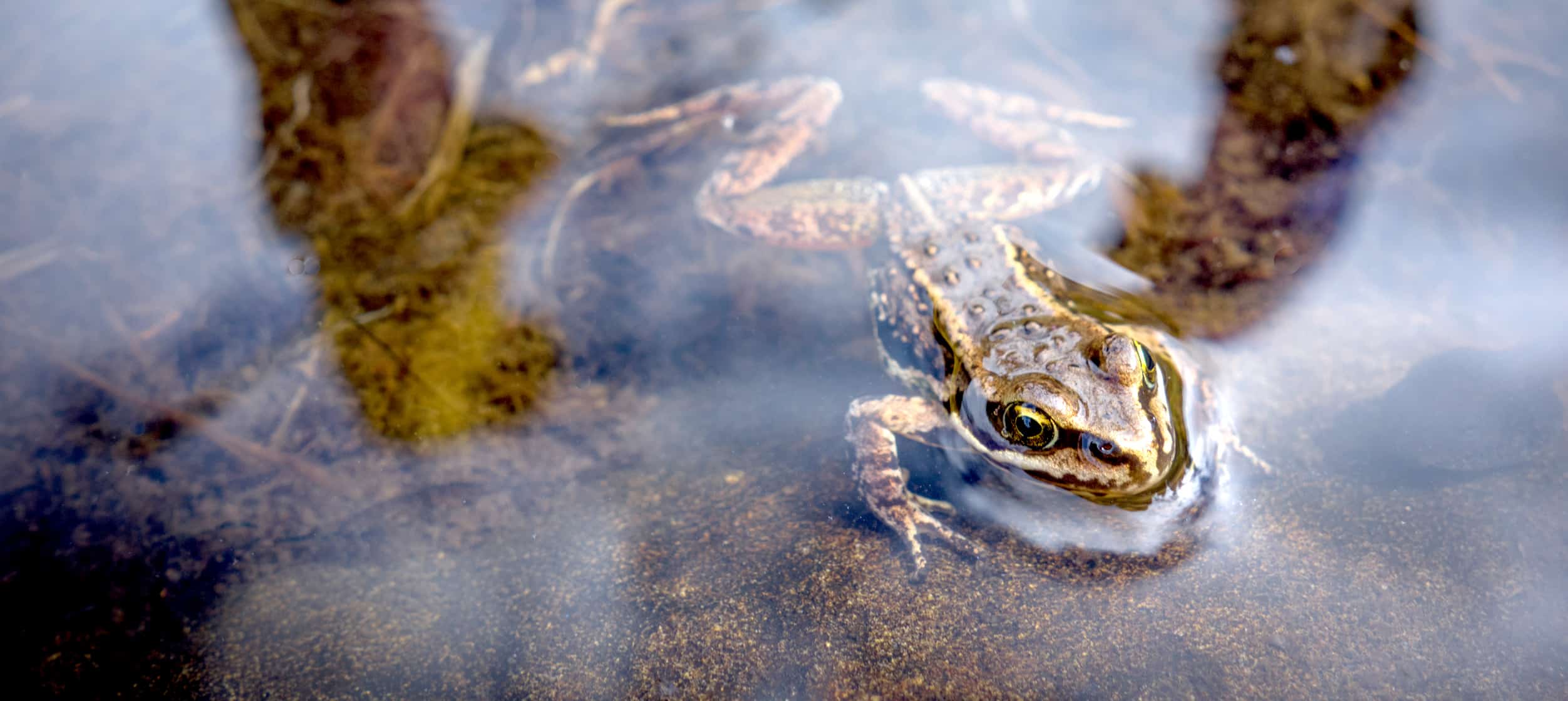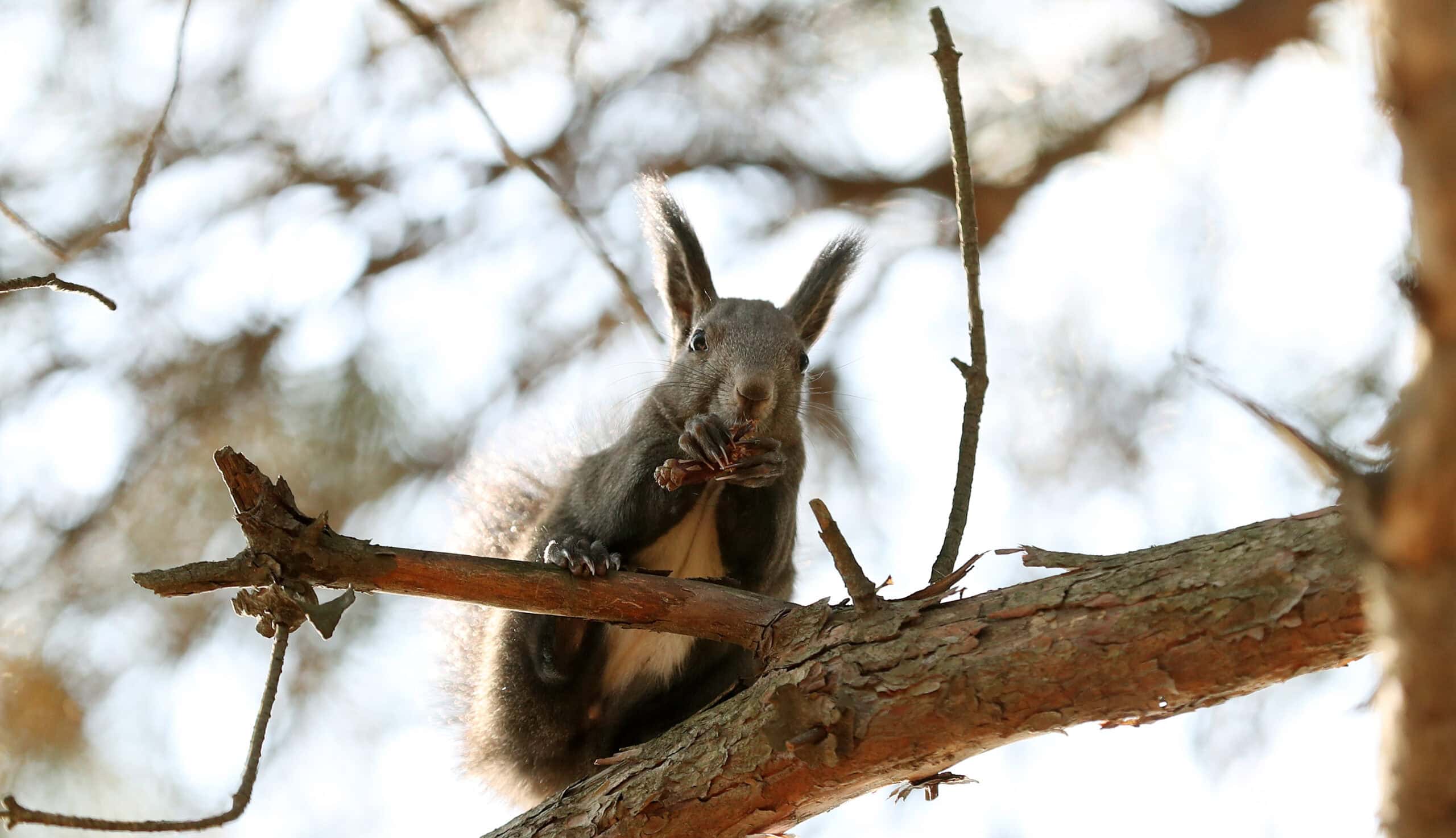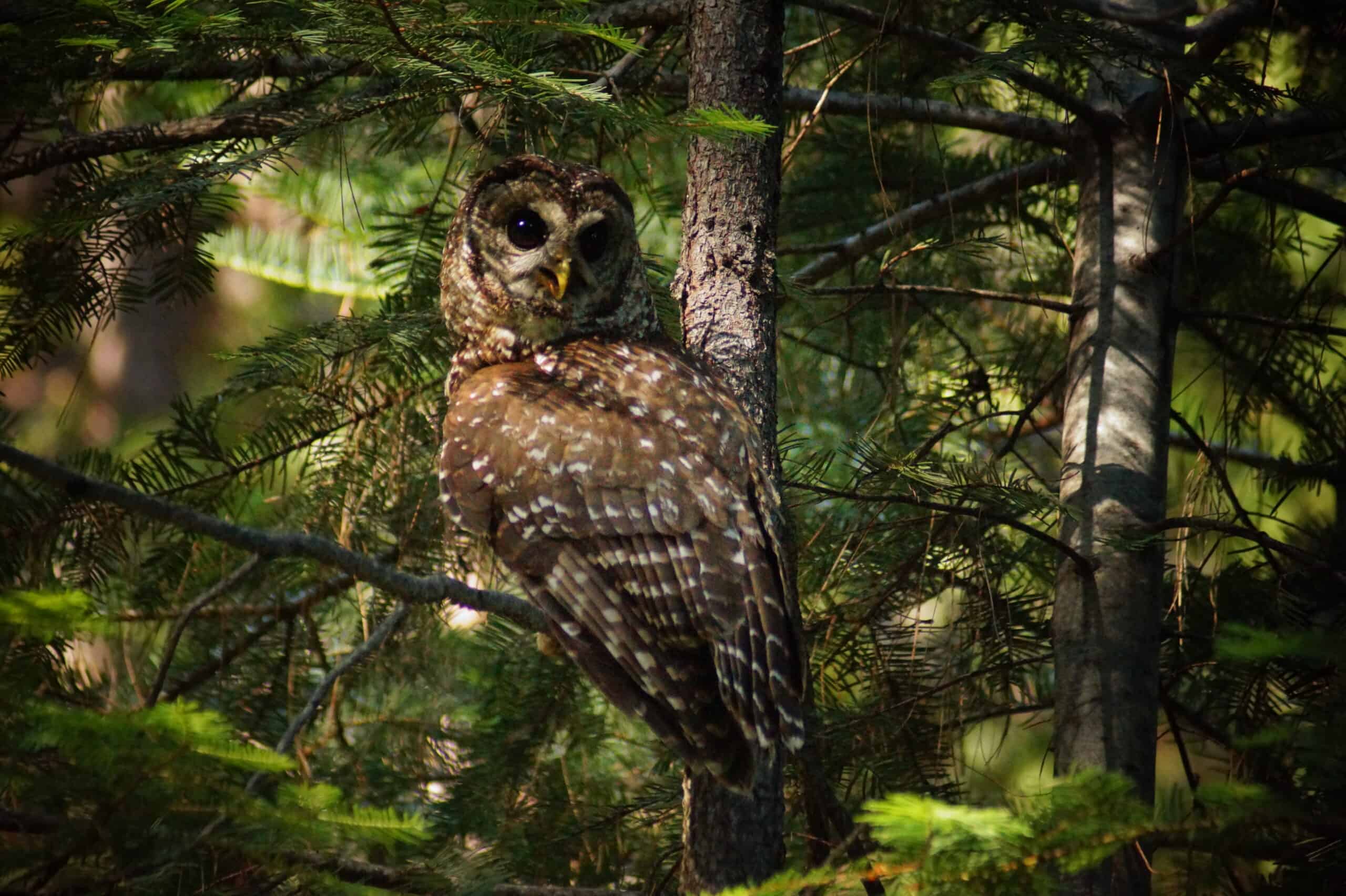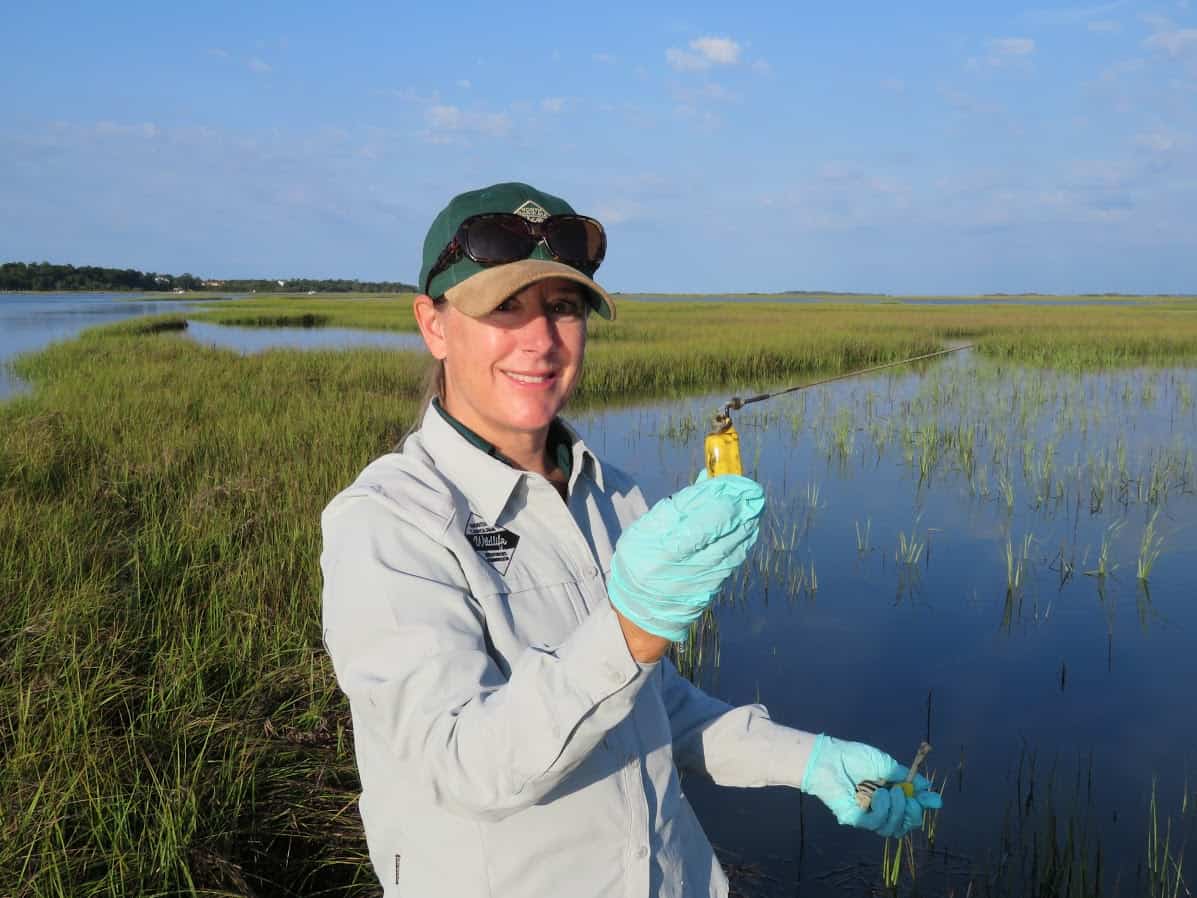Share this article
Will the Cascades frog see the next century?
A species of frog that inhabits remote mountain pools in the Pacific Northwest is likely to go extinct by the end of the century, researchers found.
The Cascades frog (Rana cascadae) thrives in extreme climate conditions, from icy winters to summer temperatures above 90 degrees Fahrenheit. But as Northwest winters bring less snow and summers bring less rain, researchers found, the frog’s wetlands are drying up, and with them, its chance of survival. Researchers estimate the Cascades frog has a 62 percent chance of extinction by the 2080s.
“That was sort of counter to what we expected,” said Amanda Kissel, lead author of the studypublished in Ecological Applications, who performed most of her research as a PhD student at British Columbia’s Simon Fraser University.
Her team expected to find the frogs would benefit from warmer temperatures. Since Cascades frogs hibernate for nine months, they thought longer growing seasons would mean more time for the frogs to “bulk up.”
“What we found was exactly the opposite,” Kissel said. “Adult survival declined with the shorter winter, and it also declines due to a drier summer.”
The team studied Cascades frogs in Olympic National Park’s Sol Duc watershed, using information that SFU professor Wendy Palen began gathering about 15 years ago as a University of Washington graduate student when she began tagging hundreds of frogs with tiny microchips.
Most larger, more permanent water bodies contain introduced trout, which predate on amphibians, so the frogs rely on smaller, high-altitude ponds, said Kissel, who monitored water levels and the timing of the frogs’ metamorphosis from tadpoles to juvenile frogs at more than 50 ponds they use for breeding. Those ponds rely on snowmelt to feed them. Less snow and more rain in the winter is resulting in ponds that dry faster, she said, and drier summer months compound this problem.
It’s affecting the species at both tadpoles at the aquatic stage and frogs at the terrestrial stage, said Kissel, now a lead scientist at Conservation Science Partners. Up to a quarter of the tadpoles are stranded and die each year, she said, but that could increase to 40 percent by the 2080s as the ponds dry faster. Adult survival is also decreasing.
“We’re finding these results in protected landscapes where they already face fewer threats from pollutants,” Kissel said, “but we can’t reduce this threat of climate change very easily.”
The International Union for the Conservation of Nature lists the Cascades frog as near threatened. To conserve it, Kissel said, managers should consider removing stocked trout from larger water bodies that are more resistant to climate change, opening up the habitat for amphibians.
Header Image: The Cascades frog relies on mountain ponds fed by snowmelt. ©Katy Laveck Foster








